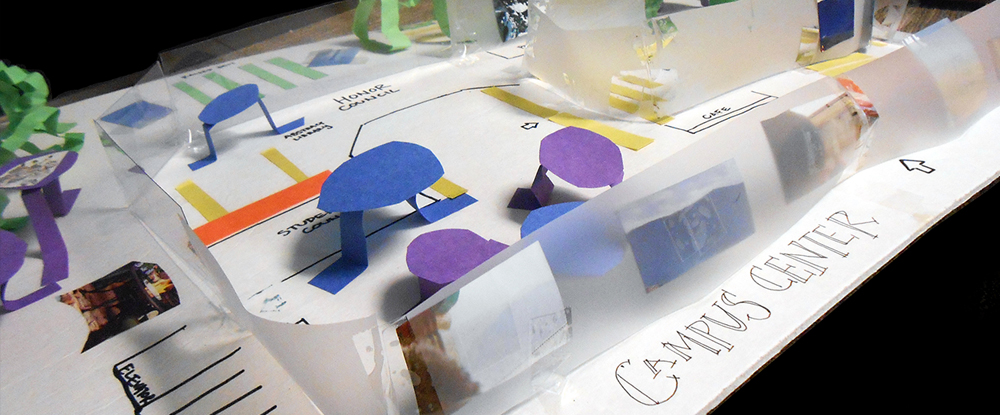What It Can Do

This toolkit can be used to inspire the creativity of users in the agency of creating conceptual ideas for re-envisioning spaces that repair and transform. If working as an architect these ideas can contribute to the development of schematic designs informed by knowledgeable and inspired stakeholder group.
Design tools and concepts serve as a creative way to explore complex social issues, both metaphorically and literally. With thoughtful prompts and debriefing questions, an image or design concept can spark intense dialogue on real-life issues. Through this dialogue, participants learn not only about justice and design theories but also about the world around them.
As we begin to create spaces that might foster different outcomes within the context of the criminal justice system, research methods that provide data on impact is essential. This tool offers a unique methodology for evidenced-based design research that can be used by individuals coming into the system or institution to do qualitative research and for those living inside to engage in participatory action research.
- Express themselves creatively.
- Communicate in way that doesn’t rely on verbal skills.
- Release emotions that are difficult to put into words or risky to share outright.
- Explore what they need to feel nurtured, at peace, calm, etc., and consider ways to achieve those goals spatially.
- Experience a sense of control over their environment, even if just in their imagination or in a design concept.
The experiences of workshop participants to date suggest that the above are real outcomes that accompany the actual design results of the workshops.

